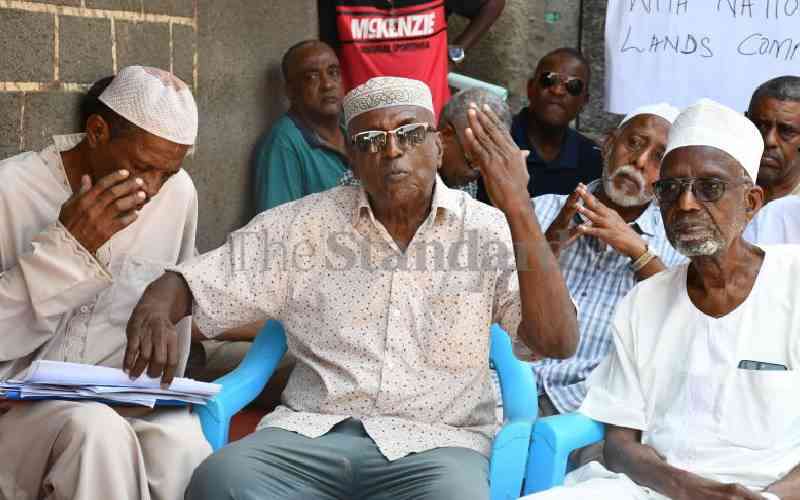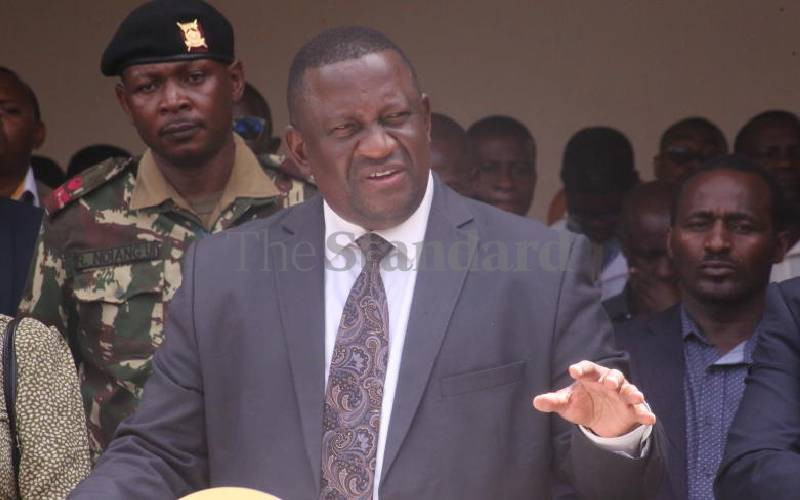NAIROBI: In the wake of the proposed joint public-private partnership (PPP) venture for Urban Renewal and Redevelopment of Old Estates in Mombasa County, there has been debate on public housing in Kenya.
Urban Renewal and Redevelopment is a great initiative and indeed a duty of the county governments in conjunction with Urban Management Boards. The issue at hand, however, is that housing is a human right and not a mere entrepreneurial venture.
As such, there is need for ventures such as that proposed by the County Government of Mombasa to fulfil rigorous public security and protect it from illegitimate private interests that may be deleterious to realising the right to housing.
But this housing question is not just about brick and mortar. Rather, it is also about the dignity of residents of dilapidated low-income residential areas.
Recent statistics from the Kenya National Bureau of Statistics suggest that on sanitation, pit latrines remain the predominant technology at 75 per cent (up from 72 in 1999), 66 per cent of Kenyans have access to safe drinking water sources (30 per cent piped water and 36 per cent boreholes/spring/well) and 23 per cent have access to electricity. About 3 million of the 8.7 million houses (34 per cent) are made of stone-and-brick walls in equal proportions.
Under such conditions, there is compelling need for the authorities to act urgently in improving conditions of low-income houses.
The State and its organs have a fundamental duty to observe, respect, protect, promote and fulfil rights and fundamental freedoms.
It is called upon to take legislative, policy and other measures, including the setting of standards, to achieve progressive realisation of the rights.
In our devolved structure, the county governments in major cities like Nairobi and Mombasa counties were established in a context of previous investment in public housing. Public houses such as those in old estates are part of the assets that were handed over to the county government after March 2013. But the key question is:do all counties and more so Mombasa, which has proposed a public-private partnership venture, have an adequate inventory of current public housing stock?
Prior to making a move such as the one proposed by the County of Mombasa, there is need that such an inventory be made public.
Second, there are questions of process. If we agree that public housing is part of public asset holding, it follows that Urban Renewal or Redevelopment process must involve public participation.
The County Government of Mombasa, prior to making the invitation for potential partners, ought to have presented their proposal to the public for input and concurrence.
Third, the public needs to be convinced that PPP is the best option.
After the introduction of structural adjustment programmes in the mid-1980s, there was gradual shift in the role of the government from a direct low-income housing developer to that of working with and facilitating development of housing by private entities.
This is why the national treasury has developed stringent mechanisms for joint ventures such as that proposed by Mombasa County.
Stay informed. Subscribe to our newsletter
To respond to the housing question in urban areas, county governments are best placed to support land reforms that can expand and improve infrastructural facilities and services and to improve financial capabilities, community participation in production of housing and establishment of low-income housing funds.
From the foregoing, a successful urban renewal programme would be assessed on the extent to which it takes forward the idea of right to housing and transformative governance envisaged in our Constitution.
 The Standard Group Plc is a
multi-media organization with investments in media platforms spanning newspaper
print operations, television, radio broadcasting, digital and online services. The
Standard Group is recognized as a leading multi-media house in Kenya with a key
influence in matters of national and international interest.
The Standard Group Plc is a
multi-media organization with investments in media platforms spanning newspaper
print operations, television, radio broadcasting, digital and online services. The
Standard Group is recognized as a leading multi-media house in Kenya with a key
influence in matters of national and international interest.
 The Standard Group Plc is a
multi-media organization with investments in media platforms spanning newspaper
print operations, television, radio broadcasting, digital and online services. The
Standard Group is recognized as a leading multi-media house in Kenya with a key
influence in matters of national and international interest.
The Standard Group Plc is a
multi-media organization with investments in media platforms spanning newspaper
print operations, television, radio broadcasting, digital and online services. The
Standard Group is recognized as a leading multi-media house in Kenya with a key
influence in matters of national and international interest.








